Feline Leukemia Virus, or FeLV, is a transmittable virus that can be spread through bodily contact between cats. It’s a very deadly condition that severely disrupts the infected cat’s immune system and is one of the leading causes of death in felines. If you think your cat may have FeLV, it’s important to keep him away from other cats and seek veterinary care immediately.
#1 – Pale Gums
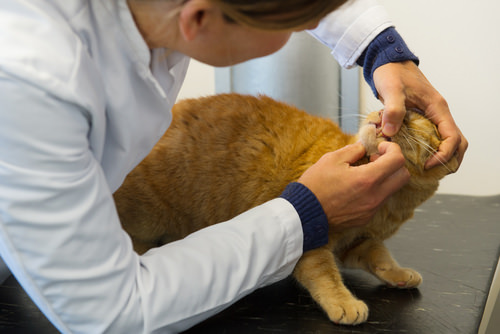
Pale gums are almost always a sign that something is very wrong, as they typically present due to blood loss. Cats with FeLV become anemic if left untreated, so if you notice pale gums you should take your cat to the vet as soon as possible.
#2 – Difficulty Breathing
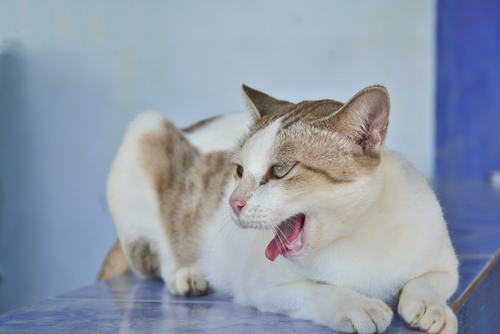
Cats with FeLV have very weak immune systems and are at a much higher risk for upper respiratory infections. If you notice your cat is having difficulty breathing or begins panting, take him to the vet right away.
#3 – Lethargy
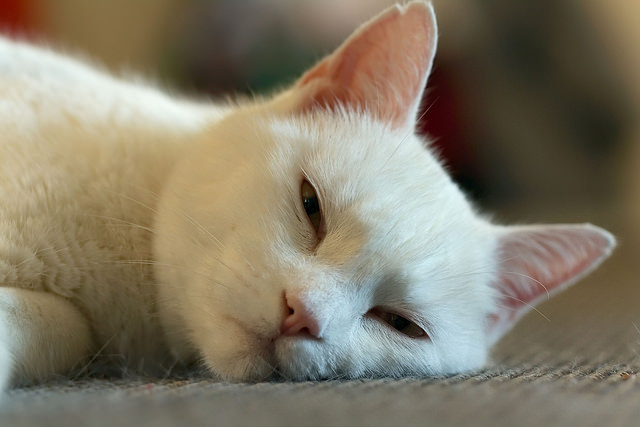
FeLV generally drains all of the energy and life out of infected cats if left untreated. While cats sleep a lot, if you notice yours has become very lethargic and depressed, it’s time for a vet check-up.
#4 – Enlarged Lymph Nodes
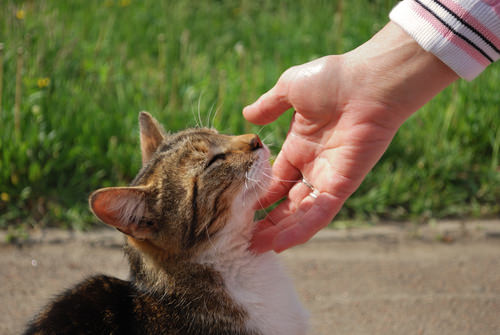
Swollen lymph nodes appear in cats with FeLV and are an immune response to infection. If you feel any swollen or enlarged lymph nodes on your cat, be sure to take her in for an appointment with her veterinarian.
#5 – Poor Coat Condition

Your cat’s coat will tell you a lot about his general health and well-being. If you notice his coat is dry, coarse and dirty even with regular grooming, there’s a good chance something is wrong.
#6 – Loss of Appetite
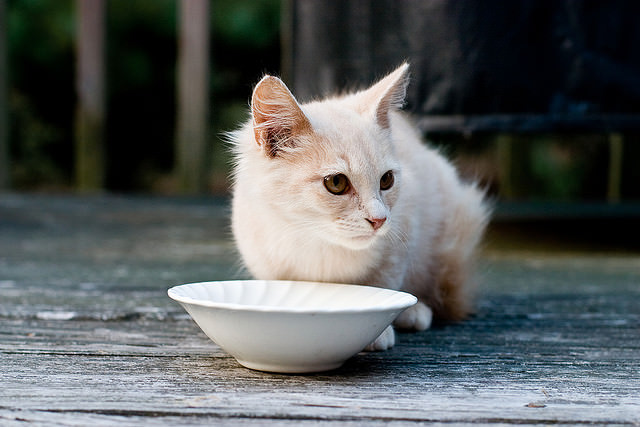
Cats must eat regularly to avoid a potentially fatal side effect known as hepatic lipidosis, or fatty liver. This can happen when cats skip only a meal or two. Because FeLV will make your cat feel very ill, she may refuse food. If you notice this, seek veterinary attention immediately.
#7 – Abscesses
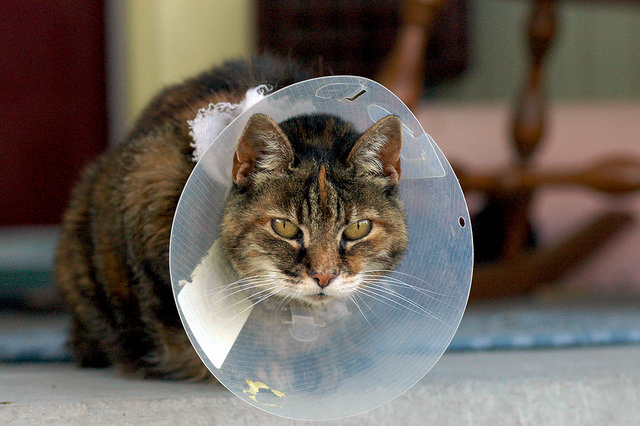
Abscesses are painful wounds that fill with pus from infection. Because their immune system is so compromised, cats with FeLV can easily develop abscesses even from minor scratches and cuts.
#8 – Fever
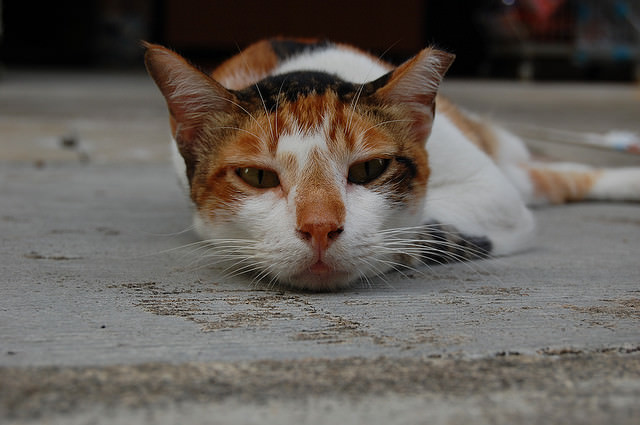
Fever is a sign of infection and often appears in cats infected with FeLV. If you think your cat has a fever, it’s better to take her in to the vet to determine the cause before it gets worse.
#9 – Seizures
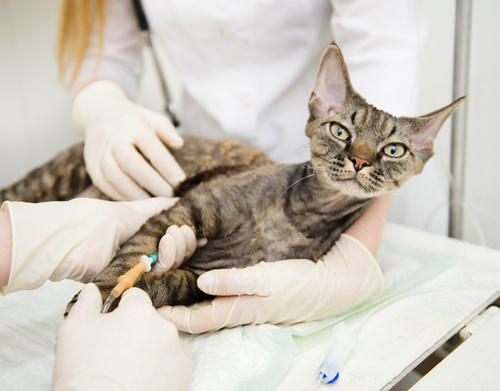
FeLV can cause recurrent seizures in infected cats. Not only is FeLV fatal if left untreated, seizures also put your cat at a higher risk of death. If your cat has a seizure, take her to the veterinarian immediately.
#10 – Jaundice
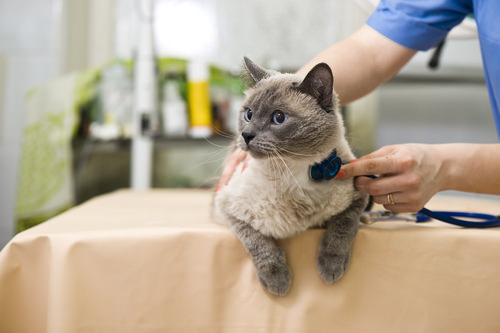
Jaundice, or icterus, is the yellowing of the skin and body tissues. This happens with liver damage, which can occur in cats infected with FeLV. If you notice any discoloration, however slight, seek veterinarian attention right away.

